The decanting of wine is necessary when it is thought that it has sediments that must be separated before tasting. The operation must be carried out in a precise manner in order to fully enjoy the organoleptic characteristics of the wine.
Generally, it concerns aged wines that have remained in the bottle for a long time and the presence of sediments is physiological. If you want to taste your precious bottle of aged wine, kept with love in the cellar, you can take advantage of tools made for the purpose present in our virtual showcase.
The wine decanter, the balloon and the centellino have been designed to facilitate not only the decanting operation but also to allow the nectar of the gods to oxygenate correctly. Design, high quality standard materials and ease of use are the characteristics of our professional products.
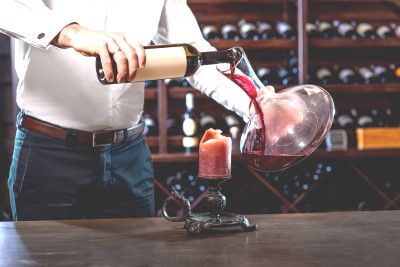
Aged wines: all the reasons for decanting
The decantation, therefore, allows to separate the particles and sediments present in the wine before starting the tasting. This operation must be carried out carefully and with suitable tools in order to preserve the organoleptic characteristics of the wine.
The deposits on an aged wine are synonymous with good longevity and aging capacity. It also means that the vinification and subsequent aging in the bottle were carried out well. Hence, it would be a shame not to discover its well-kept secrets for so long. The best known wines that lend themselves to aging are Brunello, Barolo, Barbaresco, Amarone, Sagrantino and many others.
Returning to the subject of sediments and the need to let them settle correctly, it is necessary to specify that it is necessary to let the wine breathe, giving it the opportunity to gradually express its scents and aromas. Air is the best vehicle for scents that can hover to reach the taster's nostrils. The deposits are nothing more than processing residues which crystallize and deposit on the bottom.
The first step to open a bottle of aged wine correctly is to take it from the cellar, taking care not to move the contents too much. Then, leave it upright for at least 24 hours so that the residues settle to the bottom.
In addition to the wine decanter, the centellino and the balloon, the tools necessary for decanting are a candle and also a possible bottle holder. Therefore, it is possible to proceed with decanting:
- Open the bottle taking care to use the corkscrew. The cork, in fact, could be weakened by becoming brittle with the risk of letting pieces of cork fall into the wine;
- Light the candle;
- Take the decanter with your left hand in an inclined position;
- Hold the bottle from the bottom and start pouring the liquid into the wine decanter, positioning the neck of the bottle over the candle so as to see when the residues begin to show. The transparency of the bottle neck is essential because it highlights impurities well.
- The wine is now in the decanter, ready to breathe and to reveal all its secrets.
Balloon: decantation in the glass
Balloon is the most suitable glass for tasting aged wines. Its design is the result of a study conducted to find the ideal shape of a glass that best conveys the aromas to the nose of the taster. It is pot-bellied and shrinks at the edge.
The belly has the purpose of letting the wine breathe by concentrating the scents that will gradually rise upwards. Therefore, no wine glass is made at random, each of them fulfills a very specific function related to the vinification and the subsequent refinement and possible aging.
Our balloons are made of crystalline to ensure good transparency and resistance to all decanting operations. The long stem it has is necessary in order to keep the glass in the correct position away from the hand whose heat could influence the aromas and temperature of the wine.
Balloons are wine glasses that can also be used when opening medium-aged wine bottles. In this case, the wine can be carefully poured directly into the glass which will help to give the wine the right oxygenation.
Centellino: the perfect dose
The centellino is a small tasting tool that contains many useful features for a perfect wine tasting. The design represents a true oenological innovation that facilitates decanting and dosing operations. Let's see why:
- As you know, the quantity of wine to be poured into the glass must correspond to 1/3 of its width or 100-125 ml;
- The centellino speeds up oxygenation;
- It does not cause traumas to the wine which can descend along its walls leaving its aromas soar;
- The material of which the centellino is made favors the operation as it is easy to wash, clean and has great transparency.
Wine fairs dedicated to professionals and wine lovers
Wine fairs offer the opportunity to taste wines but also to touch the latest news in the wine field. Wine decanter, balloon and centellino are the most used tools during tastings at Vinitaly, Vitigno Italia, Prowine, Milano Wine Fest and in all other sector events.


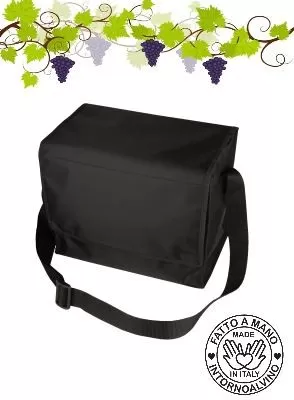
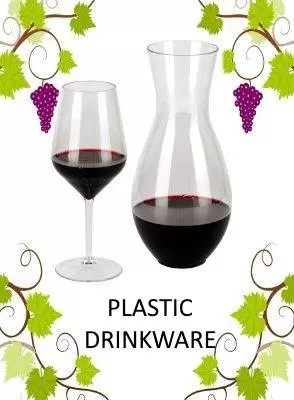
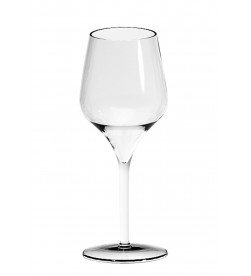

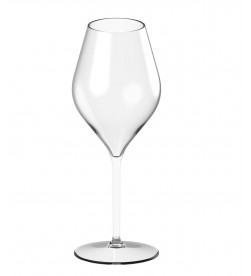

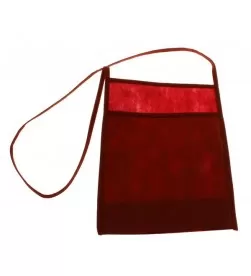
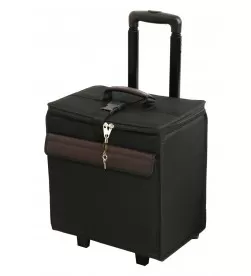

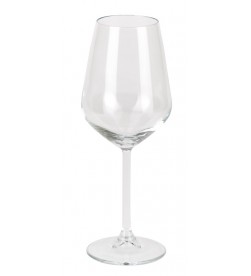

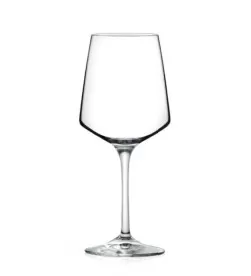
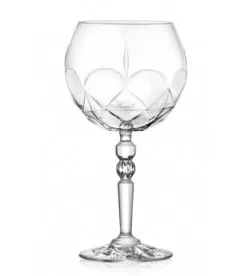

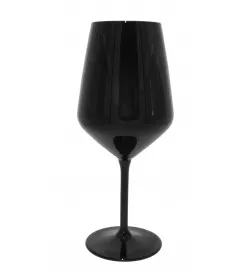


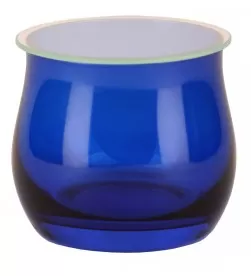
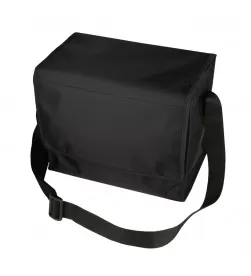


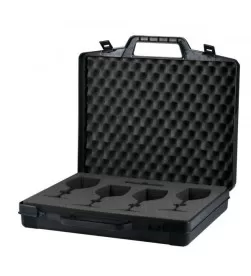

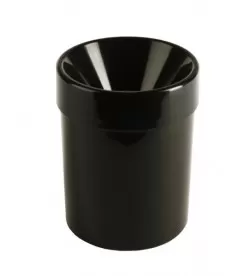
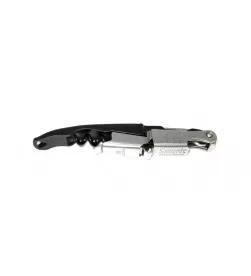

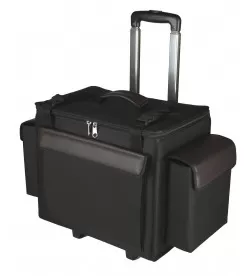

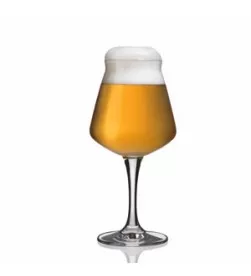

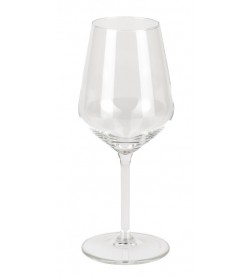

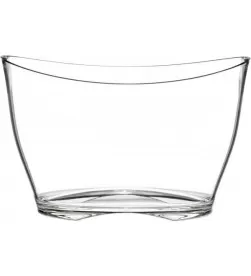

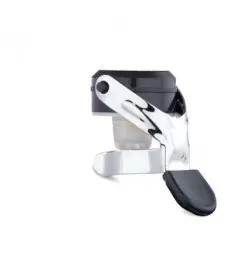
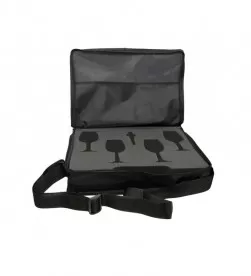

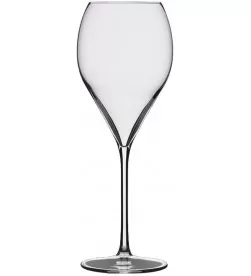

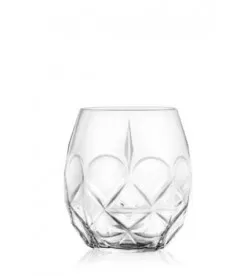

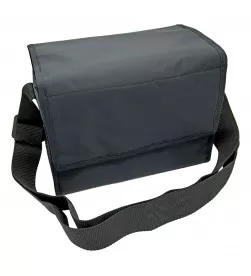

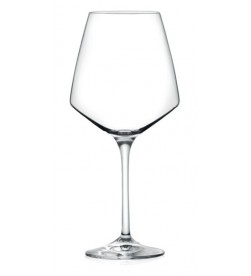

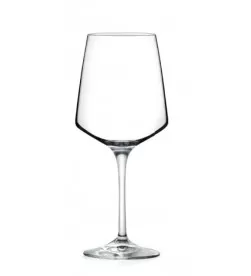

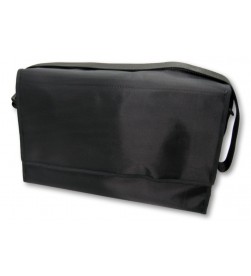

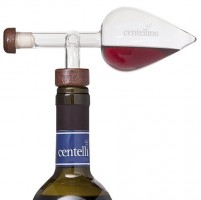
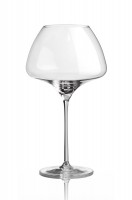
 Tasting
Tasting
 The sommelier's tools
The sommelier's tools
 Tasting events
Tasting events
 Personalized Plastic Glasses: Quality, Design with Plastic Glasses
Personalized Plastic Glasses: Quality, Design with Plastic Glasses
 Hard plastic glasses are essential during summer holidays
Hard plastic glasses are essential during summer holidays
 Crystal glasses and stemware: that subtle transparency
Crystal glasses and stemware: that subtle transparency
 Cantine Aperte at Christmas: Wine Tasting
Cantine Aperte at Christmas: Wine Tasting
 Back to School: Learning to Taste Wine Properly
Back to School: Learning to Taste Wine Properly